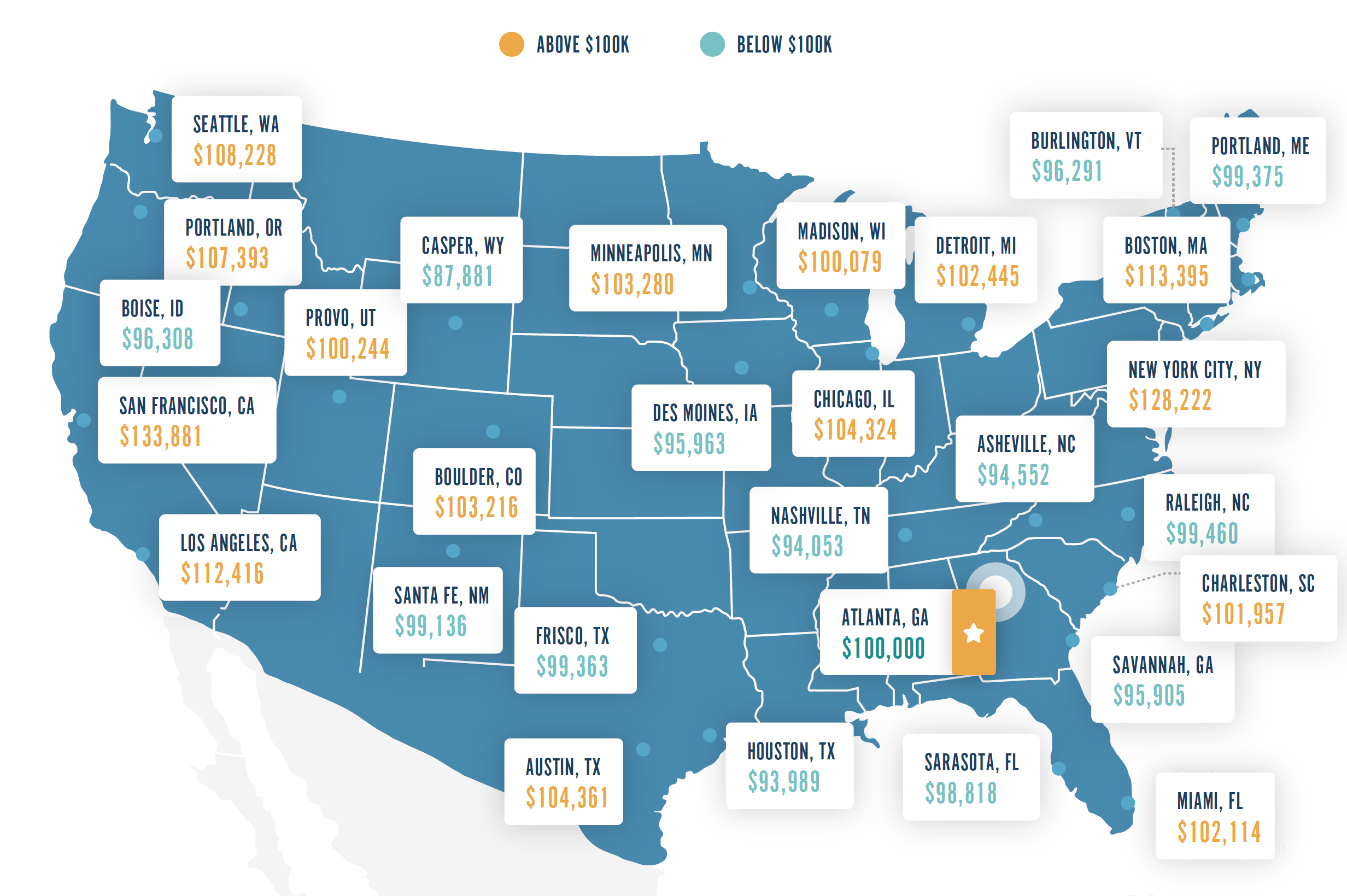This is the way it has always been done!
As a long-time Compensation consultant and senior instructor at WorldatWork, I have always taught that cost of labor was the right metric to use when setting pay as well as assessing geographic differences. Cost of labor is the assessment of the supply and demand of labor in a labor market via relevant compensation surveys. With the current environment of distributed workforce, I am changing my view on adjusting pay for geographic differences.
As the future workforce becomes more geographically diverse, the quality of available cost of labor declines. You just cannot obtain quality compensation market data for all of the various locations where your workforce is relocating. There has always been “noise” in the compensation survey data due to the collection of compensation data of employees because of job matching issues, sample size, varying tenure, differences in performance, definition of labor markets, etc. Now, you have staff moving to “Zoom towns” (with focus on quality of living). Do we really need to commission compensation survey data for Zoom towns?
Location as a factor of Total Rewards
For those jobs that can be done remotely, I believe that in twenty to thirty years, there will be a national rate of pay for specific skill sets and roles. This will take some time to achieve, although some companies might move directly to a national pay scale, but will be overspending on some talent in certain locations. In the interim, location should be considered as another factor in the total rewards equation and as a possible trade-off amongst base, bonus, long-term incentive, benefits, etc. Individual preference will determine the value of living location as a component in the total rewards aggregate. The perception of value by employees for working where they want to live is REAL! To optimize the compensation dollars spent, I would recommend adjusting salaries based upon a cost of living measurement.
To ensure you have timely and quality data to assess the geographic differences, I recommend a shift from a measure of cost of labor to a measure of cost of living. Cost of living is a more transparent assessment in the modern landscape. Staff have a good idea of differences in housing costs, goods and services, and even tax. They feel and see the cost differences because they experience them firsthand. Few employees will understand the cost of labor differences.
Let’s be more transparent
Remote working employees will have a much better understanding and appreciation of why pay will be different due to cost of living versus a lack of transparent cost of labor data.
There are ways to implement these adjustments that could be a win-win for the company and the remote working employee. For example, the adjustment of pay could meet halfway between the current location and the remote location. The company gains on lower compensation costs, while the employee can be shown they are better off with a salary which would have a higher net both before and after the move.
Salary determination now and in the future
The distributed workforce raises real questions about salary determination now and in the future. Today, companies with geo differential approaches are scrambling to source adequate data to assess all work locations. This can easily be solved by using cost of living data to make solid decisions about how to structure tiers or zones of pay across the U.S.
Now is the time to consider adding this additional input into your salary determination process. If you'd like assistance with this, AIRINC is here to help.




%20(16).jpg)
%20(69)%20(1).png)

